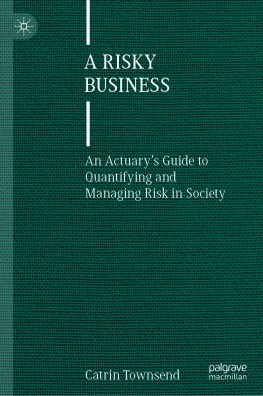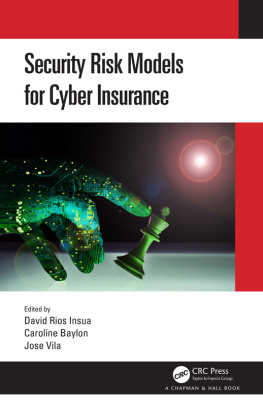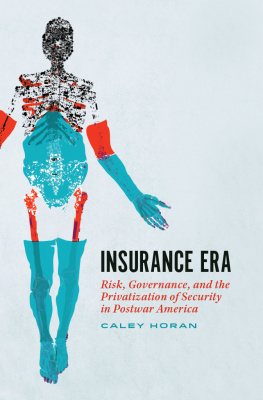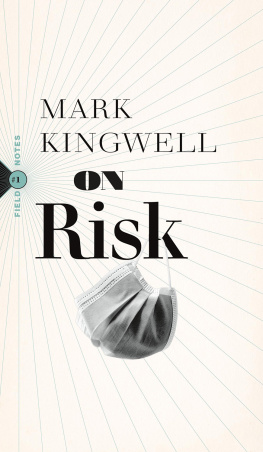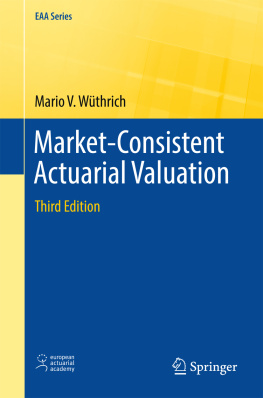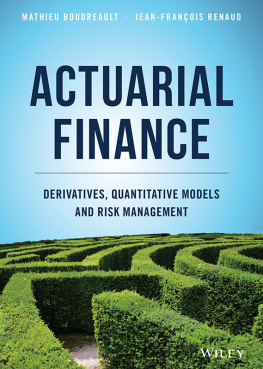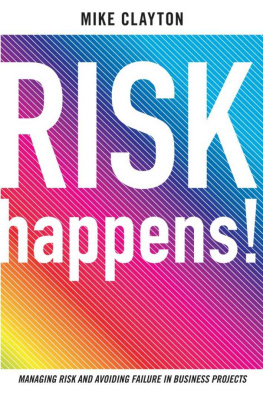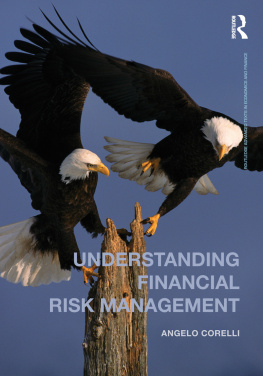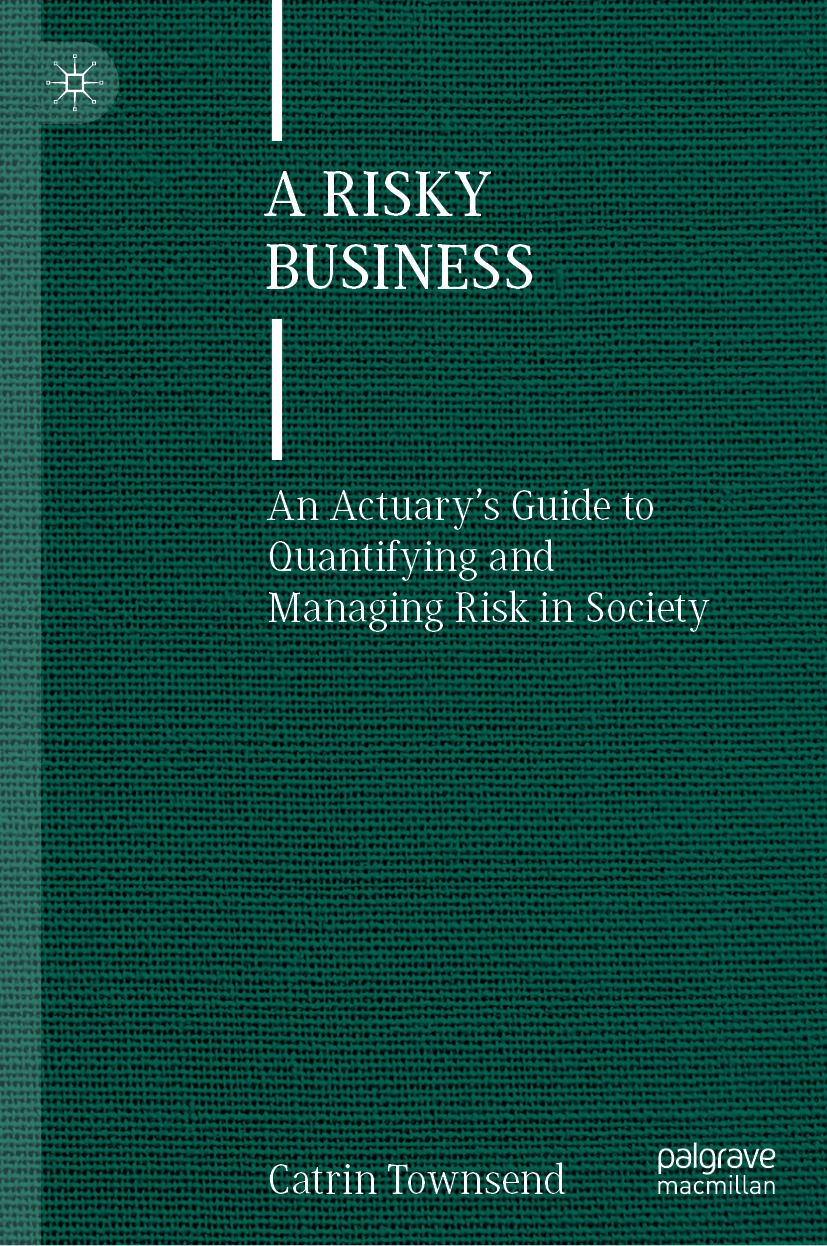Catrin Townsend
A Risky Business
An Actuarys Guide to Quantifying and Managing Risk in Society
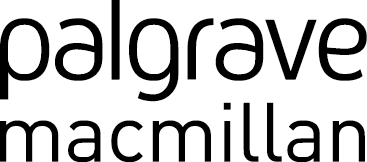
Logo of the publisher
Catrin Townsend
Guildford, UK
ISBN 978-3-031-11672-8 e-ISBN 978-3-031-11673-5
https://doi.org/10.1007/978-3-031-11673-5
The Editor(s) (if applicable) and The Author(s), under exclusive license to Springer Nature Switzerland AG 2022
This work is subject to copyright. All rights are solely and exclusively licensed by the Publisher, whether the whole or part of the material is concerned, specifically the rights of translation, reprinting, reuse of illustrations, recitation, broadcasting, reproduction on microfilms or in any other physical way, and transmission or information storage and retrieval, electronic adaptation, computer software, or by similar or dissimilar methodology now known or hereafter developed.
The use of general descriptive names, registered names, trademarks, service marks, etc. in this publication does not imply, even in the absence of a specific statement, that such names are exempt from the relevant protective laws and regulations and therefore free for general use.
The publisher, the authors and the editors are safe to assume that the advice and information in this book are believed to be true and accurate at the date of publication. Neither the publisher nor the authors or the editors give a warranty, expressed or implied, with respect to the material contained herein or for any errors or omissions that may have been made. The publisher remains neutral with regard to jurisdictional claims in published maps and institutional affiliations.
Cover illustration: eStudioCalamar
This Palgrave Macmillan imprint is published by the registered company Springer Nature Switzerland AG
The registered company address is: Gewerbestrasse 11, 6330 Cham, Switzerland
For my Mammy, who never understood what actuaries do but was proud of me anyway.
Preface
This book is not for actuaries.
It is for future actuaries, student actuaries, and people who work with (or live with!) actuaries. It is for those interested in practical applications of mathematics and statistics; for those who wish to understand their pension a little better. It is for the curious. It is for anyone even vaguely mathematically inclined who wishes to understand more about how society works, why it sometimes doesnt, and what the solutions could look like.
This book will give you an insight into what actuaries do all day, the sorts of problems they face, the kinds of methods they use, and what the hot topics of the industry are. Actuaries are a remarkably chameleonic group: they have found roles in a wide variety of industries and organizations, but often all but disappear into the background. This book highlights their work, and brings the mysterious art of actuarial science into the limelight. This book cant, and doesnt even try, to cover everythingso if youre a student actuary this book will not cover all the examinable content. Instead, see this as a travel guide to actuarial science; a smorgasbord of activities that actuaries are involved in for readers to explore. Use it to learn about what is most relevant to you, or explore what areas interest you most. Feel free to dip in and out according to your interests or, if youd rather, read everything in order to build a holistic view of the actuarial profession and how it affects us all. Industry jargon is explained in the glossary (glossary terms are formatted like this).
More than anything, I hope this is a book that inspires you. Not necessarily to become an actuary (although the world needs more, and high-caliber, actuaries), but to give you confidence that despite the complicated problems the world faces, actuaries are quantifying the risks and creating workable solutions to make our lives a little more stable, certain, and equitable.
Interested in statistics, insurance fraud, data ethics, global warming, social justice, or societal change?
Then this book is for you.
Catrin Townsend
Guildford, UK
Acknowledgments
A huge number of people, actuaries and non-actuaries alike, have contributed to the creation of this book. My heartfelt thanks to you all.
The Non-actuaries
I am grateful to Tula Weiss, Naveen Dass, and the team at Springer Palgrave-Macmillan whose expertise and guidance turned this book from an idea to a real-life book.
Many thanks also to all who provided images and photos included.
To Emily Griffiths, who gave me the numbers to prove that a lot of people google what is an actuary and what do actuaries do all day. Emily, you are a wonderful pal.
To excellent teachers: Neil Blackburn, Tony Reeves, and Dot Holloway, in particular, for encouraging my love of maths.
To Robert Flach, Andrew Colcomb, and Jeremy Bray, who introduced me to my first actuary.
To my wonderful pricing colleagues past and present: Rosie, Matt, Hannah, Kurtis, and Steve, thank you for keeping me sane. Particular thanks to Mark Josephs who gave me a valuable first review and a huge ego-boost.
I am grateful for educated and loving reviewers. Hilary, geologist in-chief; David, biochemist; and Yvonne, expert mathematician and self-proclaimed grammar pedant; I am thankful for your support all the time but particularly for reading this.
To all the children and pets whose names grace the examples in this book: you bring so much joy.
For my friends, who laugh with me, pray for me, and inspire me. I would be a much less interesting person without you in my life.
This book could not have been written without my dad, Dr. Rhobert Lewis. You have been my biggest supporter in my mathematical and scientific education, and you corralled my rambling explanations into a book. I hope you deem it educational and worthy of a place on your bookshelves.
The Actuaries
I am grateful to my fantastic actuarial colleagues for teaching me so much that I had enough knowledge to fill an entire book. I am grateful particularly for good advice (about actuarial matters and beyond!) from John Berry, Victoria MacDonald, Sophie Short, and Doug Warner.
To Anna Walklate, Darrell Chainey, Katherine Young, Ian Senator, and all at Acted who provided excellent tuition which helped me pass my actuarial exams. I cant recommend you highly enough.
Many thanks to Chris Rimmer and Michael Ward for reviewing chapters, and giving me encouragement and coffee throughout seemingly countless exams.
There are a few actuaries that have had a profound impact on me, professionally and personally. Firstly, Id like to thank Alex Craig for sharing your pricing knowledge. Your sunny disposition belied the loss ratios and I learnt so much from you about Emblem, data ethics, and parenting. Claire Craig, thank you for sharing your vegan baking.
Thanks to Sarah Rushworth, who pushed me harder than I thought possible. You taught me to expect so much from myself, that I can achieve higher results than I even dreamed possible, and to be tenacious in challenging assumptions. You are an incredible role model for professional women everywhere.
I am grateful for the diagrams, humor, and encouragement from Antony Waring. Your tutorship got me through the bewildering first year of my career. I hope you appreciate the number of diagrams in this book. You are an excellent teacher.

